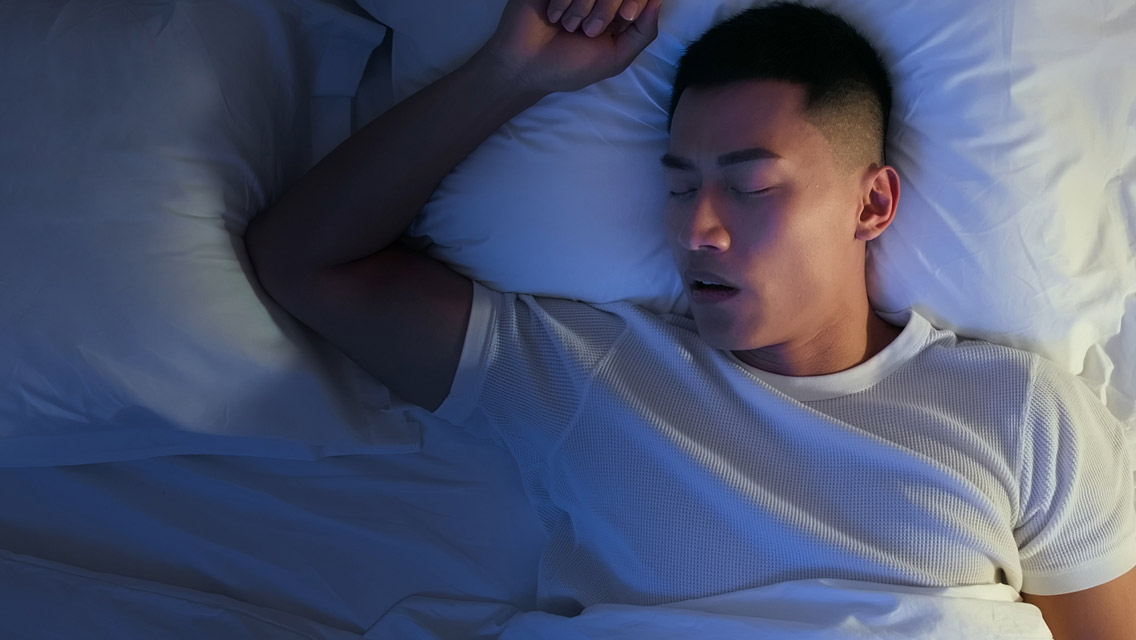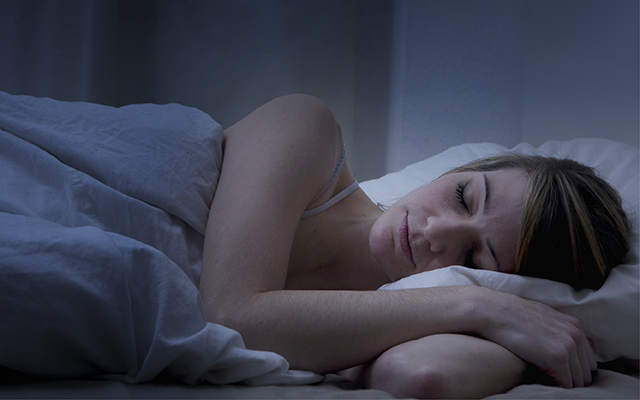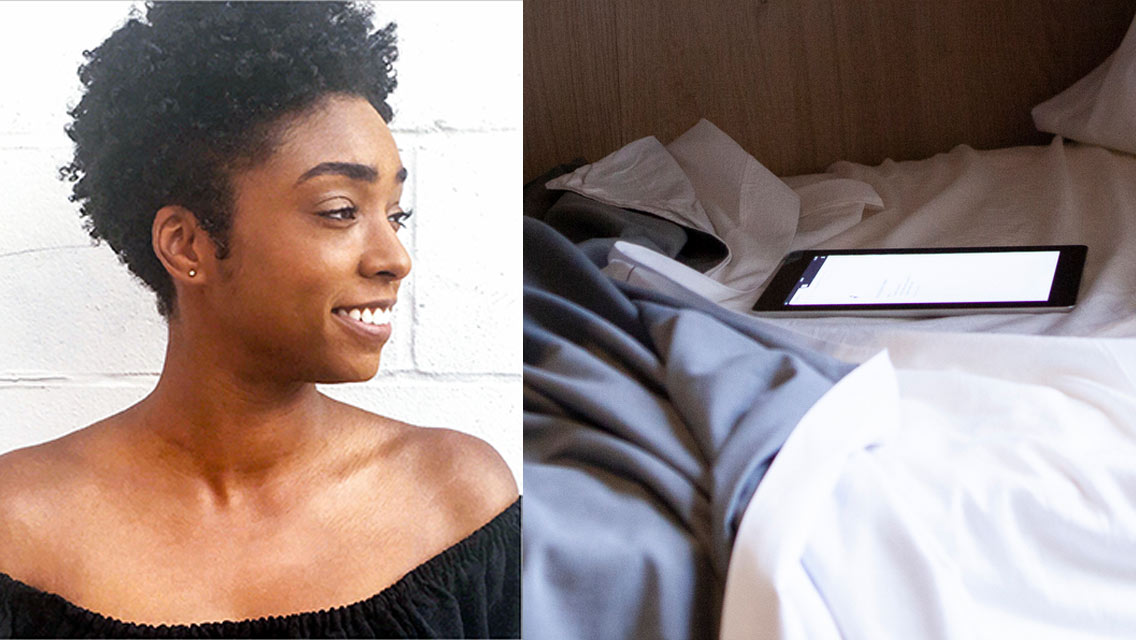Possible Causes: Sleeping on your back, extra body weight, alcohol in the evening, sedatives, sleep apnea
Everyone snores on occasion, especially after a couple of alcoholic drinks. And a little snoring is usually benign, even though the person who’s sharing the bed might disagree.
But for the 22 million people in the United States with obstructive sleep apnea (OSA) — a condition linked to a variety of maladies, including metabolic syndrome — nighttime noise is a signal worth heeding.
Snoring occurs when throat muscles relax during sleep and partially block the breath as it passes through the airway, causing noisy vibrations. This is why alcohol and sedatives can be a trigger; they cause muscles to slacken more than usual. For people with OSA, the throat muscles relax so thoroughly that the airway collapses, stopping the breath completely for up to 10 seconds at a time.
As many as 95 percent of OSA sufferers snore, and the volume increases as the condition worsens. Age plays a role, too: OSA affects roughly 5 percent of the general population and 25 percent of those over 60.
“Men are more likely to have sleep apnea, especially in young and middle age,” says Phyllis Zee, MD, PhD, chief of sleep medicine at Northwestern Medicine. “The rate is almost two to one. But when women hit menopause, their risk of OSA increases.”
Zee notes that sleep-apnea symptoms often show up differently in women, so they’re often misdiagnosed. The classic signs include snoring and daytime sleepiness, but for a woman with sleep apnea, snoring may not be so prominent. Instead, she’ll experience insomnia or difficulty staying asleep. “If a woman with these symptoms is already in menopause, her doctor may think her sleep troubles are related to hormonal changes or just hot flashes,” says Zee.
If you suspect OSA, consult a healthcare practitioner. Many believe the condition is underdiagnosed. Left untreated, OSA can set the stage for a host of chronic conditions, including type 2 diabetes, high blood pressure, heart disease, and cognitive decline.
What You Can Do: For snoring that’s not OSA-related, losing weight may reduce it. (Though not always. Many snorers are slender and many heavier people don’t snore.) Avoiding alcohol and sedatives also helps. And if you sleep on your back, try switching to your side. This prevents gravity’s pull on the front of the throat.
For sleep apnea, the first-line treatment is a CPAP (continuous positive airway pressure) machine, a device worn during sleep to keep air moving and prevent gaps in breathing. But compliance with this is sometimes challenging, notes Zee. Even when a CPAP machine does improve breathing, it may not foster optimal sleep for people who also struggle with insomnia.
“Treatment for sleep apnea should be multimodal,” says Zee, who recommends CPAP along with improving sleep hygiene — keeping electronics out of the bedroom and following a regular bedtime ritual, for instance. Other interventions, such as oral appliances fitted by a dentist, can be good alternatives to CPAP for those who can’t tolerate it.
This originally appeared in “What Your Body Is Trying to Tell You, Part 3” in the July/August 2019 print issue of Experience Life.




This Post Has 0 Comments